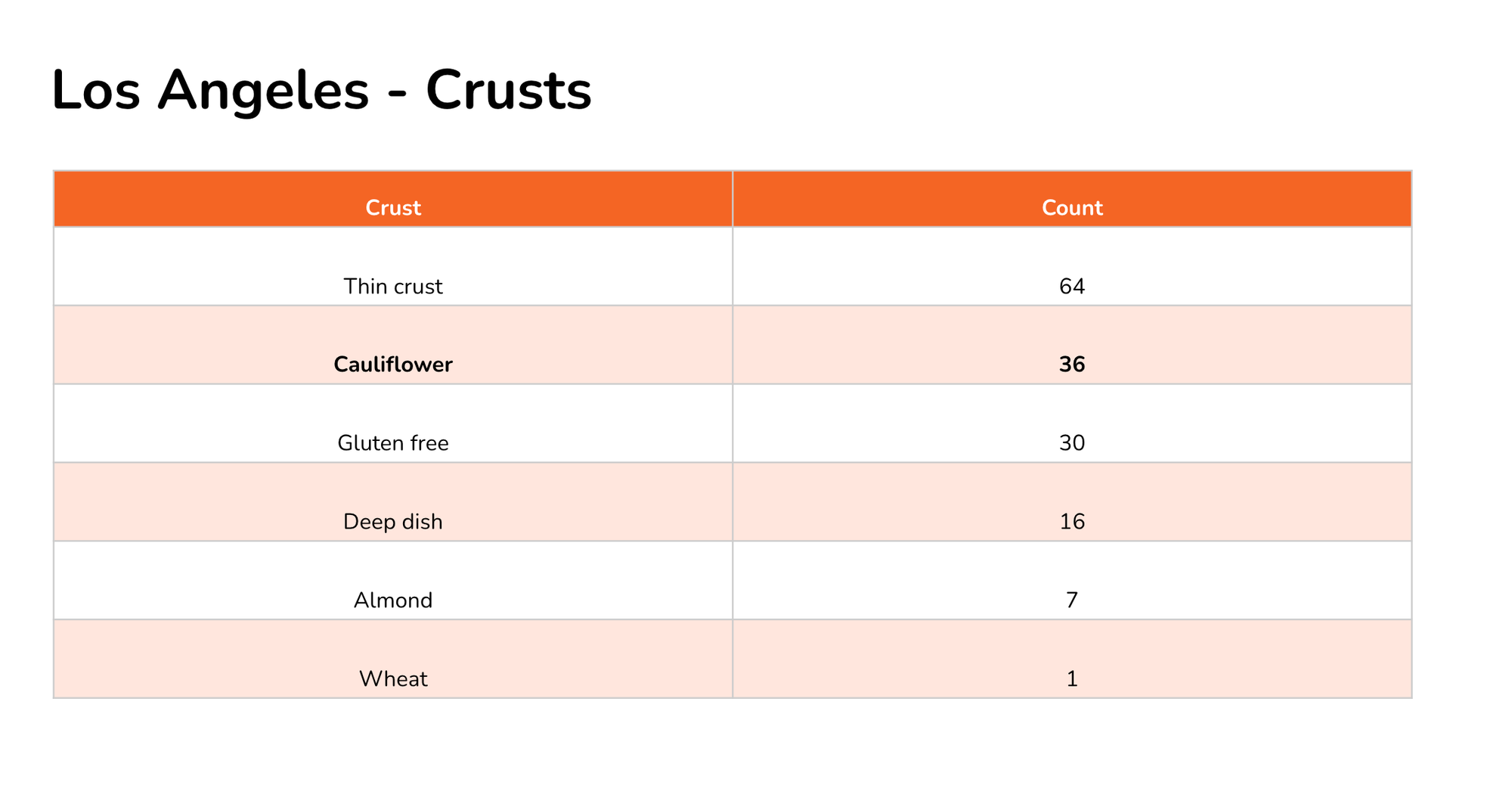The Rise of Plant-Based Pizza

As plant-based meats, crusts & cheeses improve, pizzerias are experimenting with menus — and their sales are soaring.
Susheel Khamkar
Pizza has a long and fascinating history that spans thousands of years and has its roots in a number of different cultures and cuisines. In the United States, pizza has become a beloved and iconic dish that is enjoyed by people of all ages and cultures. It is estimated that Americans consume around 100 acres of pizza per day, or approximately 350 slices per second.
The origins of pizza in the United States can be traced back to the early 20th century, when Italian immigrants began arriving in large numbers and bringing with them their love of pizza. One of the earliest pizzerias in the United States was Lombardi's, which opened in New York City in 1905. Lombardi's was known for its delicious and authentic Neapolitan-style pies, and it played a key role in introducing pizza to the American public and establishing it as a mainstream food item.
Over the years, pizza has evolved and adapted to different cultural and regional tastes, and it is now enjoyed all over the United States in a wide variety of styles and with a wide range of toppings. Some of the most popular types of pizza in the United States include New York-style pizza, Chicago-style pizza, and Detroit-style pizza.

New York-style pizza is characterized by its large, thin, and foldable slices and its use of high-quality, fresh ingredients. It originated in New York City in the early 20th century and quickly became popular among both locals and tourists.
Chicago-style pizza, also known as deep-dish pizza, is characterized by its deep, thick crust and its generous toppings, which are layered in the reverse order of traditional pizza (with the cheese and toppings being placed on top of the sauce). It originated in Chicago, Illinois in the 1940s and has since become a staple of the city's food culture.
Detroit-style pizza is characterized by its rectangular shape, thick crust, and use of Wisconsin brick cheese. It originated in Detroit, Michigan in the 1950s and has since become a popular type of pizza in the United States.
Enter Plant Based

While demand for plant-based and vegan products grew throughout 2022, these trends are poised to finally disrupt the Pizza Market.

Crust Innovation

For plant forward eaters, big chains have placed an emphasis on gluten free options in 2022. Popular chains such as Domino's, Little Caesars, and Pizza Hut have all committed to providing gluten free options.
Papa-John's has even experimented with crust-less options such as "Papa Bowls".
Cauliflower based pizza chains have also been on the rise, like 'Califlower Pizza' and 'Keto Bros'. 'Keto Bros' even advertises both cauliflower and almond crust based options as well.
Plant Based Meat
While plant meat continues to grow > 10% year over year via retail channels, restaurateurs are now experimenting with these options as pizza toppings:

While beyond and impossible are at the top, it is interesting to see experimentation with tempeh as as an option.


Plant Based Vegan Brands

'Daiya' and 'Follow your Heart' are top brand menu mentions for pizza, which are both vegan cheese brands. Daiya is a Canadian vegan food company that produces a variety of plant-based dairy products, including cheese, yogurt and cream cheese. Daiya's vegan cheese is made from a variety of plant-based ingredients, such as tapioca, arrowroot, and coconut oil, and it is designed to mimic the taste and texture of traditional cheese. Follow your Heart has 42 mentions in Los Angeles, and has recently been acquired by Danone as well: https://www.fooddive.com/news/danone-acquires-plant-based-pioneer-follow-your-heart/595346/. Also interesting to note is major Korean conglomerate CJ CheilJedang's major investment into New Culture (a bay area startup) https://vegnews.com/2022/11/23-billion-pizza-giant-vegan-cheese.
The growth of vegan cheese brands within pizza is fascinating and is a trend to continue keeping an eye on.
Interesting Ingredients
Experimentation in ingredients is also interesting to watch as shown by menu mentions in LA based pizza restaurants. It's sweet to note the rise of honey and jalapeños as these flavors' popularity continue to grow.


In conclusion, the legacy of pizza is storied, beginning from Italy to the United States. Pizza is a versatile and adaptable food that has evolved and changed over time in response to new ingredients, culinary trends and consumer tastes. These trends have led to the development of new and innovative plant-based and vegan pizza options, including crusts made from plant-based ingredients and plant-based cheese alternatives. It will be exciting to see these trends continue and play out for years to come, as the innovation has just begun.
Special thanks to ChatGPT for content/research & Lino Fabiani for edits